If you think driving on Philippine roads is challenging enough in the daytime, just wait until the sun sets.
There are a multitude of hazards out there lying in wait for their next hapless victim, from public utility jeepneys that drive with no headlights on, poorly-illuminated road excavations, other motorists who run red lights at intersections, even pedestrians who dash right across the street in front of you in a heart-stopping moment.
Dangers that spell trouble while driving at night also exist on your end, like defective lights, dirty windshield glass, even personal fatigue as you hit the road after a particularly long day or with a lot of things weighing on your mind, compromising your focus behind the wheel.
Driving at Night - Tips and Tricks
But that doesn’t mean you should stay completely indoors when darkness sets in, with a number of tips to keep in mind before you buckle up and take the road at night.
It doesn’t matter whether you drive a subcompact, a sports car or an SUV; arriving alive should be your number one priority with every drive.
Here are 9 important safety tips for driving at night that every Pinoy motorist should always bear in mind.
>>> Click for more driving tips on Philkotse.com
1. See that all your external lights work
This is obviously the top rule to follow before doing any sort of driving at night. Make sure that your headlights are well-maintained, with both high and low beams properly working, and that they are properly aimed so they illuminate the road ahead without dazzling other road users. The same goes for auxiliary light sources you might have installed, such as LED light bars.
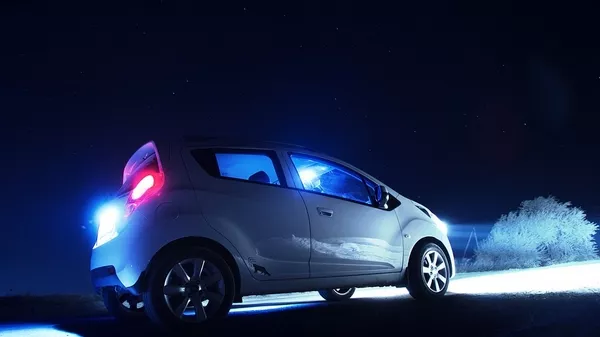
Pierce the night with bright headlights, but avoid dazzling other drivers
If your car comes equipped with fog lights, you might want to use them too, as they aren’t just for driving on mountain roads or rainy weather. Fog lights tend to be mounted closer to the ground, and they light up a wider section of your immediate vicinity, even if they’re not as far-reaching as standard headlights.
Now, as your external lights help you to see in darkness, they also help you to be seen in turn. That’s why you need to pay attention to the condition of your brake lights and turn signals, too. If there are cloudy/dirty light housings or defective bulbs on your car, then have them cleaned or replaced as soon as you can.
>>> You might like to read: Easy ways to make your headlights shine like new
2. Keep your windows and mirrors clean before driving at night
Your car’s greenhouse lets you see outside, so this is also important. No matter how bright your lights are, they’re not going to help if your glass is obscured in any way.
Same thing with the lights, anything that blocks your view should be immediately removed or cleaned away. Water marks, mud splashes, acid rain streaks, sticker residue – they have no place on your windshield, side/rear view mirrors, even your rear glass.
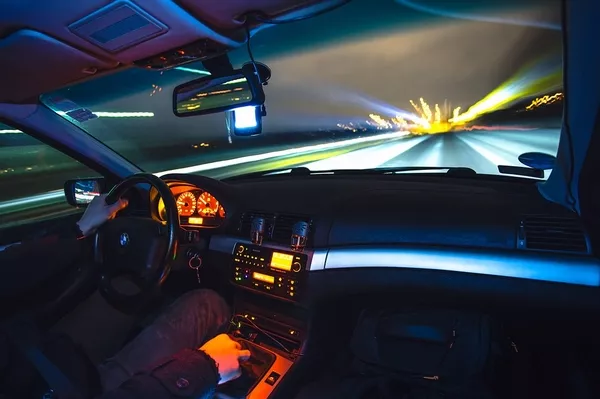
Make sure your windshield and mirrors are clean
One thing a lot of drivers overlook is glass tint – or the irresponsible use thereof. It’s understandable to go for a darker shade of tint given that we’re driving in a tropical country, but do also consider that you will need to drive at night, so overly dark tints especially on the windshield will only force you to compensate by driving with brighter lights, speaking of which…
>>> Read also: How to remove acid rain spots from your car: 3 easy tips
3. High beams only when you’re alone
Your car’s headlights have selectable high and low beams for a reason. Driving with the high beams on at night, when you’re on a poorly-lit, unfamiliar stretch of road is normal, since it enhances your safety.
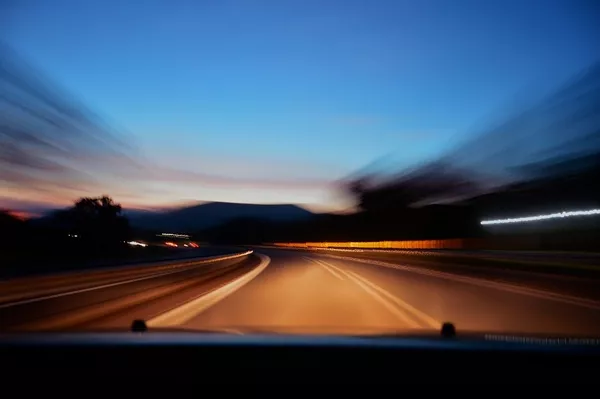
Time to switch on the lights when the sun goes down
But the moment you come across another road user, such as driving onto oncoming traffic or directly behind another car, switch to low beams as a consideration. Dazzling other drivers is not only dangerous, it’s just plain rude.
It might help to remember that under the law, drivers should switch to low beams if you come within 200 meters of the car in front of you. If you happen to be driving with high beams at some point, then you spot headlights in front heading your way from a considerable distance, then have the courtesy to dip your lights, at least until after the other vehicle has driven past you. Same thing if there’s another car in front of you, switch to high beam if it has pulled over or made a turn, leaving you free to move on ahead.
4. A roving eye helps
No, we’re not talking about cheating on your current relationships. The calm atmosphere and consistently dark surroundings of night drives can hypnotize you if you’re looking straight ahead for long periods of time, giving you reduced spatial awareness, which affects your reaction time in emergencies.
Exercise your eyes a bit by moving them side to side every now and then. This reduces your eye fatigue, and gives you the opportunity to scan the road in front in case unpleasant surprises might pop up.
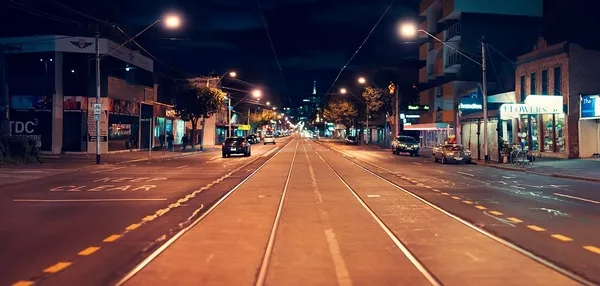
Avoid tunnel vision by scanning the road left to right and back again
When it’s your turn to come across a pair of high beams, don’t look directly into the headlights. Keep your vision straight ahead, or turn your gaze to the right side of the road. When the high beams are right behind you, use your rear view mirror’s dimming function to reduce the glare on your eyes.
5. Keep to a manageable speed while driving at night
Driving at night is unpredictable enough as it is, so there’s no need to add to the confusion of other drivers you’re on the road with.
For instance, you might be driving at 60kph then suddenly slow down to 40kph for oncoming traffic or other road hazards, only to pick up again. This is potentially confusing to other drivers behind you. In a worst case scenario, they’ll become sufficiently annoyed to attempt to cut you off or otherwise get ahead of you, leaving them more vulnerable to accidents.
Stick to a constant speed you’re comfortable with (and that the road legally allows), even when there are times that you could go faster. It’s less confusing to other drivers, and you’ll be doing wonders for your car’s fuel consumption.
6. Talk to a passenger or prep the tunes
Whenever you can, driving at night with at least one companion on board, and engage them in conversation. The exchange will help stave off fatigue, even hopefully distract you from getting irritated at the slow-moving traffic ahead. Just remember not to get too heavily caught up in the banter, so as not to compromise your primary focus which is to drive safely.
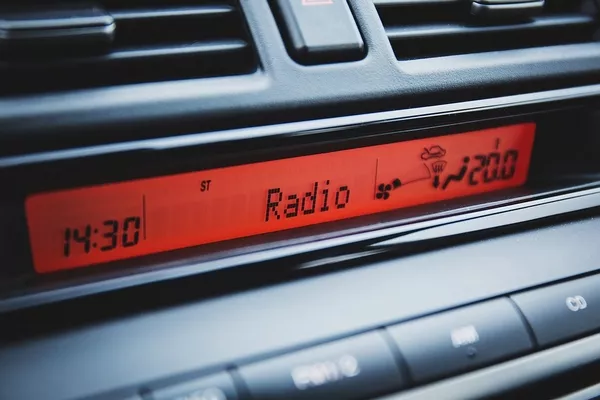
The car's sound system is your friend
If you don’t have driving buddies, a little background music will help. Turn on the radio, pop in that CD, plug in your preferred media device or stream your favorite songs via Bluetooth – any way to get those songs playing through your car’s speakers. There’s no right or wrong driving music, as long as it keeps you awake long enough to motivate you through a potentially tiring drive, and add a bit of good vibes along the way.
>>> View more: How loud should you play your music while driving?
7. Driving at night: Stay away from fancy glasses
You might have come across those infomercials boasting about how a pair of yellow glasses or goggles can reduce glare when driving at night. If you haven’t bought a pair already, then you’ve just saved yourself from a scam.
The idea behind yellow-tinted glasses is supposedly to enhance visual contrast that enables you to differentiate between various objects at night. In reality, however, these glasses reduce the amount of light that hits your line of sight.
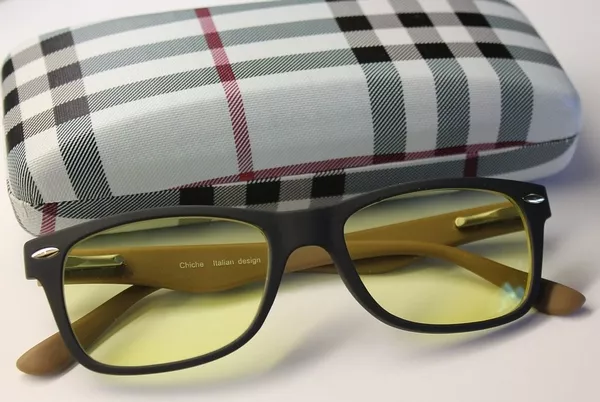
They might look fancy, but they're not for driving
The only eyewear you need behind the wheel would be prescription glasses with an anti-reflective lens coating. Otherwise, if there’s nothing wrong with your eyesight, then it would be best to just leave the glasses in the glovebox for night drives. And have your eyesight checked regularly as a precaution.
8. Give yourself more time to complete a journey
Rushing to that important appointment, dinner date or just the trip home is a no-no, especially when driving in darkness. Your judgement will be impaired, causing you to take risks in driving just so you can get to your destination on time.
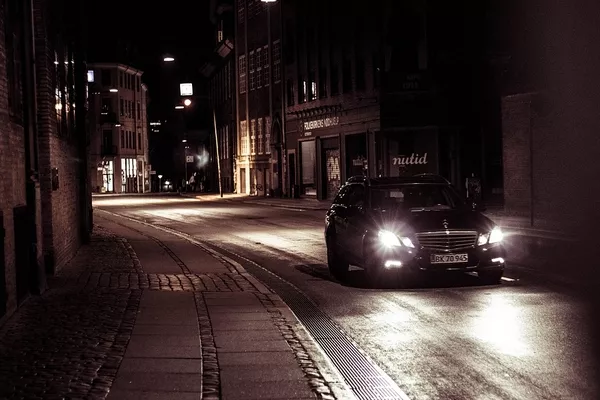
Driving at night can be enjoyable if you take the necessary precautions
Whenever you can, set aside a time allowance for your journey. This gives you some leeway in looking for alternate routes, just in case traffic gets bad along the way.
And don’t push it when your eyes start to droop, or your joints ache, especially with a long journey ahead. A reasonable allowance in your travel time lets you take regular breaks to stretch your legs and dust off the inevitable fatigue that sets in. Pull over for a bite or a coffee break, and when the exhaustion becomes too much to ignore, look for accommodations for the night, and resume driving when daylight comes.
9. Always have presence of mind
Driving will always require that you have your wits around you, and becomes even more paramount at night. Anticipate that other road users will behave erratically on the road, so you can give them more space. Even animals, unpredictable as they are during the day, become even more of a hazard at night, and they either end up as roadkill the next day or cause a driver to get into an accident.
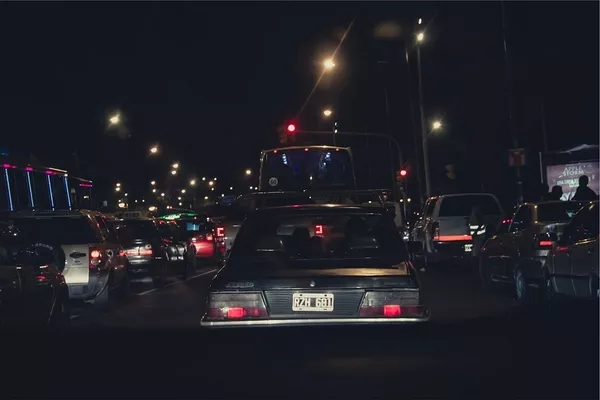
Keep your wits, especially in night traffic
Be aware of certain days such as Fridays, paydays, long weekends, or any combination of the three; people tend to have nights out on these occasions, where they usually end being intoxicated in some way. As a result, pedestrians will act more carelessly, while other motorists will drive more aggressively. Act accordingly and avoid engaging them, just focus on arriving safely at wherever you need to be.
Hopefully, this article has given you helpful tips for driving at night in the Philippines. Here are more driving safety tips on Philkotse.com that you might find interested in:












